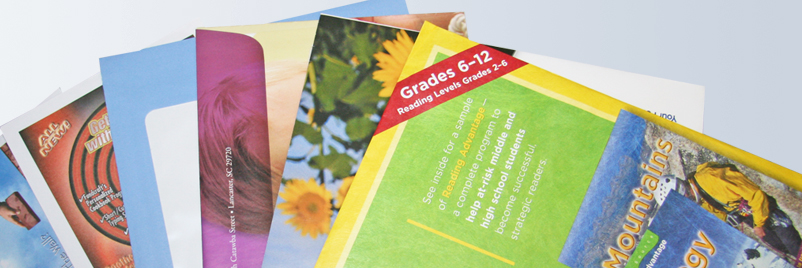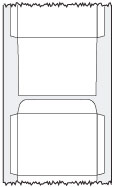
Visit our Blog and Subscribe!
As a wholesale supplier, we understand that our customers prefer to market our products with their own brand. To do so is simple:

Important Questions to ask when designing artwork for Envelopes:
These are all questions that cause the artwork to change.
Curious about accepted file formats and sending your artwork? View our Files & Formats section.
Listed below are the different styles of envelope printing, and some pointers to look out for in each. It is always a good idea to request a layout and a sample envelope.
|
|
Made Up/Stock Envelopes
When designing the art for made up Envelopes, it is important to lay out the art to the specs of the finished envelope. Art should stay 1/8 inch from the edge or from any windows. Bleeds should extend 1/8 inch beyond the edge. In some cases it is important to consider where the seam falls on the back in relation to the printing on the face in order to minimize unwanted marks. |
|
|
Die Cuts
When designing art to be printed on die cuts please refer to the layout or sample. Also be sure the art is for flat sheet printing, and take care to stay within the printable area.
All of our web presses use flexo plates. Flexo printing involves a stretch factor and the amount of stretch is determined by the cylinder size. Flexo printing requires minor distortion of the image to compensate for the stretch factor in flexo plates. Before a job can be run, this stretch factor must be accounted for.
We prefer electronic files to film or art so we can compensate for this factor as well as dot gain on a case-by-case basis. |
|
|
Block Sheets
This style of printing usually dictates the use of several images on the same sheet. See our diagram on how to measure a block size.
You should request a layout for the envelope. When laying out the art, make sure all of the elements are properly laid out in relation to how they will be printed. Also, all the elements must fall within the acceptable printing area. |
 |
Web Sheet
When designing art to be printed on web sheets, it is always a good idea to request a layout or sample of the envelope. Also make sure that the art is for flat sheet printing, and take care to stay within the printable area. All of our web presses use flexo plates. Flexo printing involves a stretch factor and the amount of stretch is determined by the cylinder size. Flexo printing sometimes requires minor distortion of the image to compensate for the stretch factor in flexo plates. Before a job can be run, this stretch factor must be accounted for. We prefer electronic files to film or art so we can compensate for this factor as well as dot gain on a case-by-case basis. |
|
|
Inside Tints
Usually an inside tint will be printed with flexo plates, either on a die cut or in-line on a web.
The only way we can print an inside tint using the offset process is to print the job on a block sheet before we die cut and convert.
No matter how a tint is printing, if there is a window spotlight involved, it is important to consider how the envelope's seams may affect its printing.
We do not suggest screened copy for flexo printed inside tints. It is usually better to print solid copy. Try selecting solid colors that resemble the desired screened colors. |